Fascinating Places Where Tourists Aren't Welcome
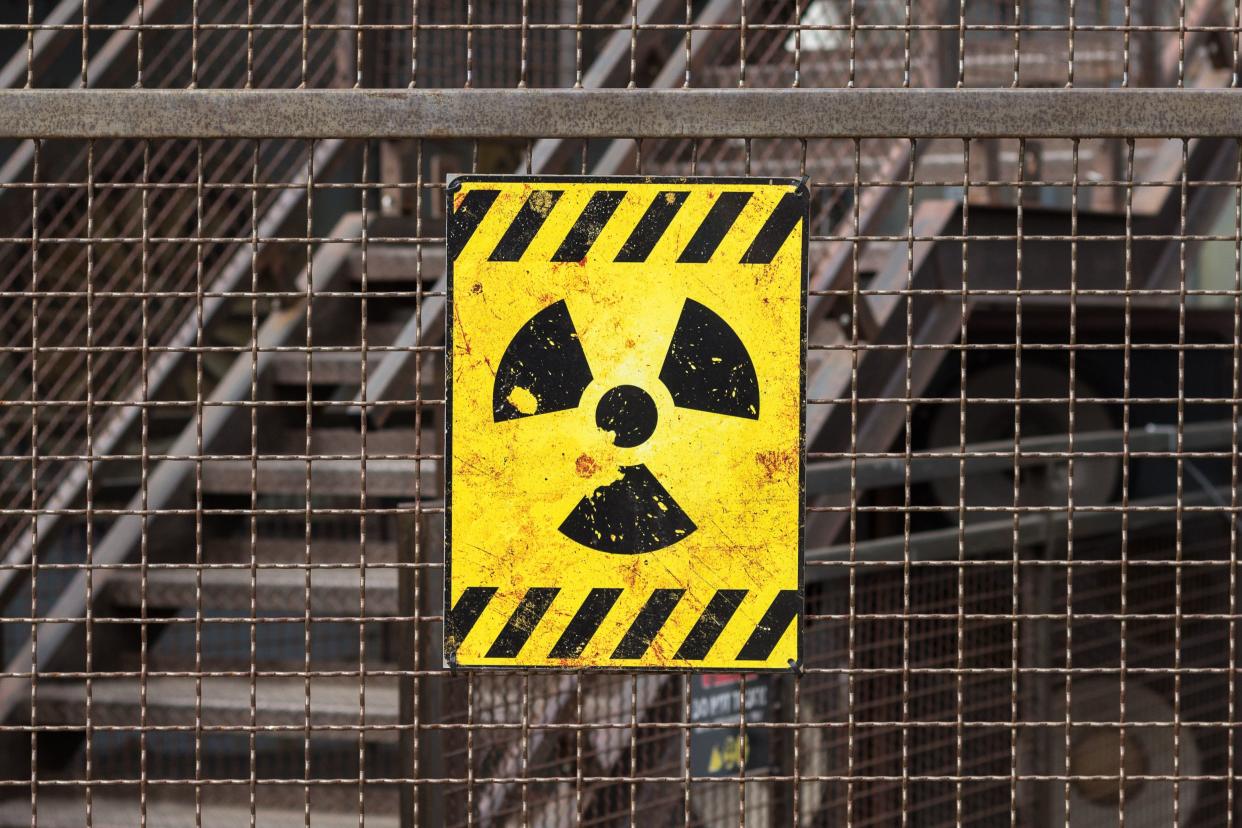
Unwelcome Mat
The antithesis of your average tourist trap, there are fascinating places scattered across the globe that are steeped in local lore, but they often bar tourists for safety, security, or environmental reasons. Intrigued? We thought so. Here are spots you'll have to admire from afar.
Related: Amazing Tourist Attractions That No Longer Exist
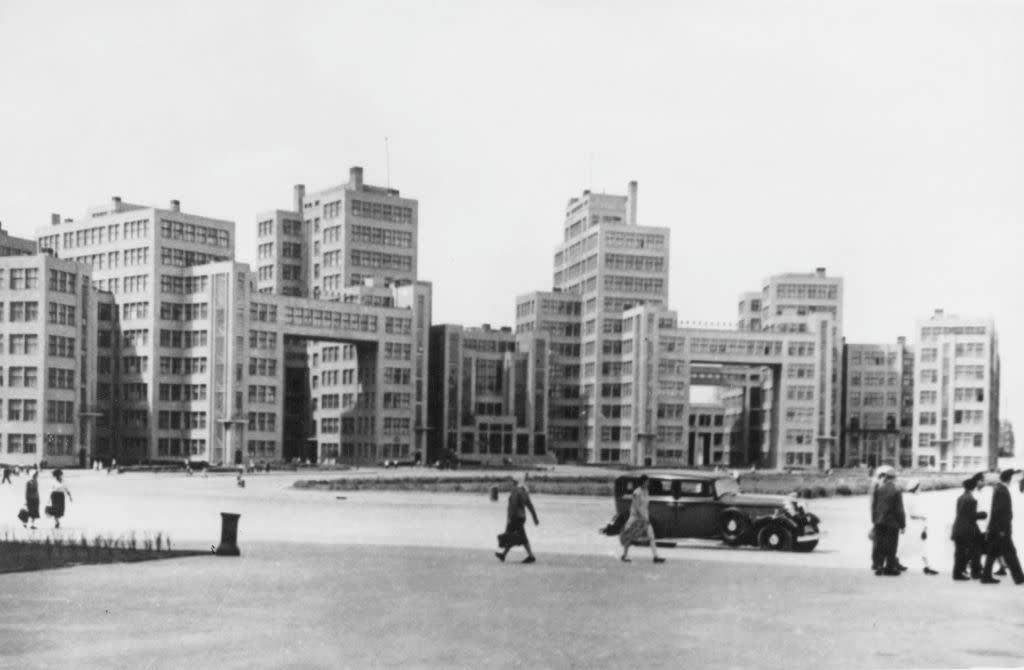
The Derzhprom, Kharkiv, Ukraine
Though found in the second-largest city in Ukraine, the UNESCO-shortlisted Derzhprom office building is known for its Constructivist design and status as the first modern skyscraper in the Soviet Union. Unfortunately, its off-limits at the moment. Why? Kharkiv is just 30 miles from the Russian border. While it was a bustling city known for its coffee culture before the war, it's now the site of frequent bombings and drone attacks.
Related: 15 Awe-Inspiring Memorials and Other Places Honoring Our Vets
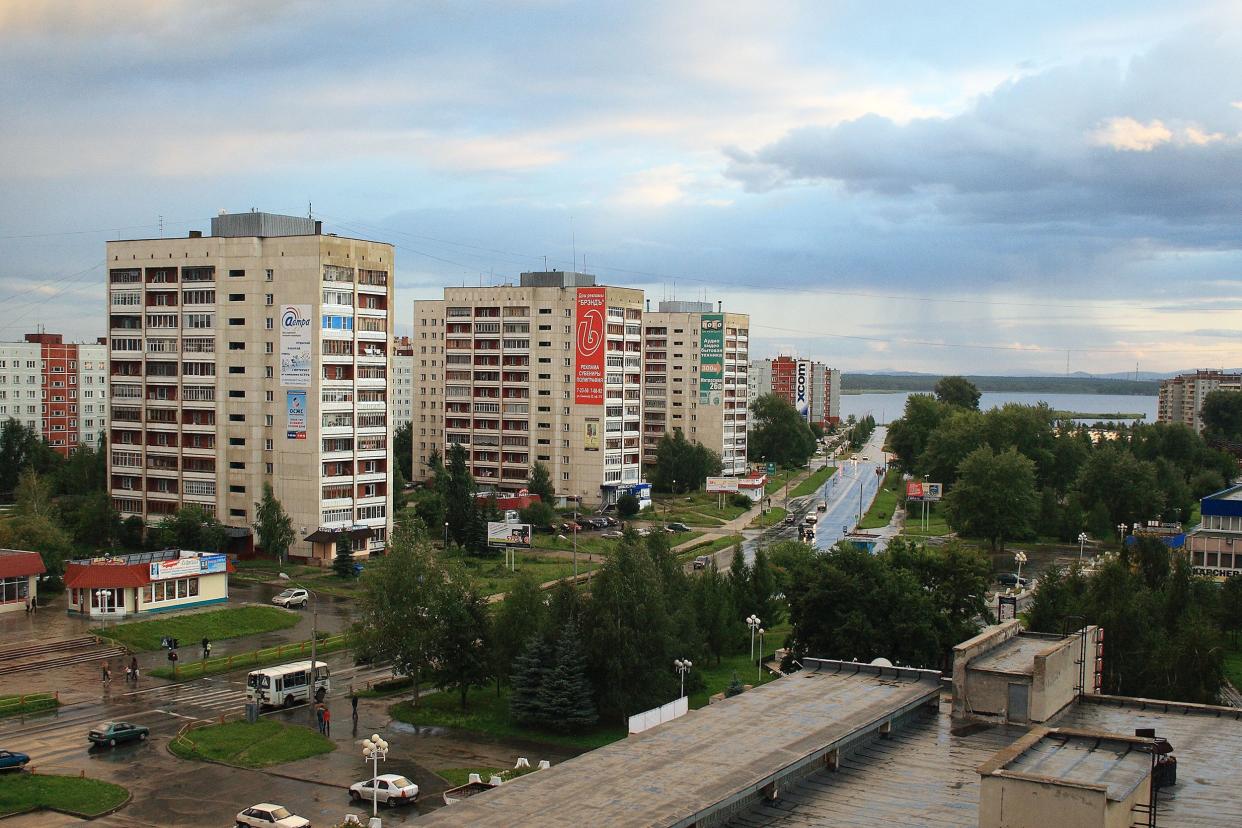
Ozersk
Russia
Also known by its code name, "City 40," the Russian city of Ozersk in the Ural Mountains didn't appear on maps for decades. That's because it was the birthplace of the Soviet nuclear program, built as a secret home for scientists and workers devoted to churning out atomic bombs. Sadly, many of its citizens died because of improper disposal of radioactive waste and incidents such as the 1957 explosion of a storage tank at the main nuclear complex — the biggest nuclear disaster before Chernobyl. The city and nuclear plant are active to this day, but they remain closed to foreigners and even non-resident Russians. The area remains heavily polluted by nuclear waste, according to The Guardian; residents reportedly test locally grown produce with Geiger counters and have nicknamed a local lake the "Lake of Death" because it is so contaminated by plutonium.
For more smart travel news and vacation tips, please sign up for our free newsletters.

Down Street Tube Station
London
The name may not ring a bell, but London's Down Street Tube station made history during World War II. Winston Churchill secretly bunkered down in the abandoned station during the infamous Blitz of London by German bombers, planning Allied campaigns that eventually won the war from his hideout deep under the ground. Down Street isn't usually open to the public — the much more famous Churchill War Rooms, which aren't bomb-proof, are the main tourist attraction — but the site opened for limited-time guided tours in early 2022.
Related: 50 Famous Left-Handed People Who Changed the World

Tomb of the Unknown Soldier
Virginia
Yes, you can get a glimpse of the Tomb of the Unknown Soldier most any time Arlington National Cemetery is open. But as for getting a closer look? That's usually a no-go. The tomb is famously guarded 24 hours a day, seven days a week, by meticulously uniformed, rifle-carrying soldiers who are prepared to confront anyone who gets too close. However, visitors got an unprecedented chance to approach the tomb and lay flowers thanks to the landmark's centennial celebration. It was the first time in 96 years that visitors were allowed so close.
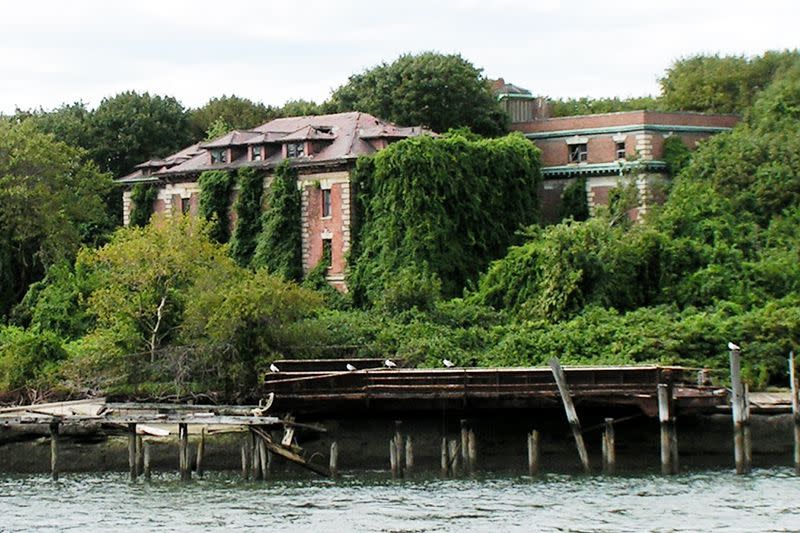
North Brother Island
New York
It's hard to believe anything is out of reach of New York City's relentless crowds, but North Brother Island sits isolated in the East River. The island quarantined patients with dangerous illnesses starting in the 1880s, including "Typhoid Mary." Later, it became a soldiers hospital and a drug treatment facility but fell into disrepair beginning in the 1960s. Today it's a bird sanctuary that attracts herons, gulls, egrets, and other birds who come to nest in solitude.
Related: 15 Types of People Who Shouldn't Visit New York City
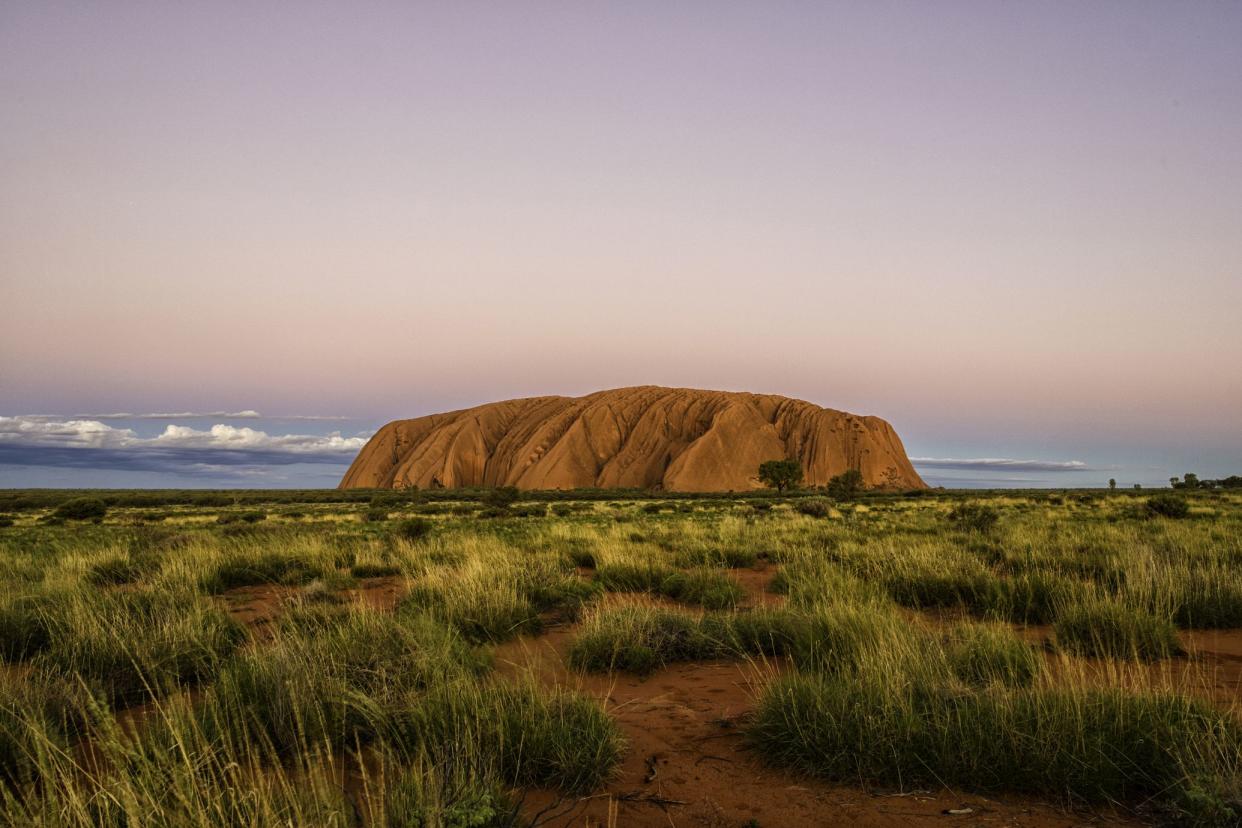
Uluru
Australia
Uluru, a massive sandstone formation in the Australian outback also known as Ayers Rock, is now off-limits to climbers. Would-be climbers have been banned from scaling the rock since 2019. Uluru's cultural importance is the main reason for the closure, as the climb has long been seen as disrespectful to indigenous peoples to whom the rock is sacred. Safety is another reason: Since the 1950s, at least three dozen people have died during the hot, steep climb.
Related: The Strangest Places on Earth That Will Mystify You
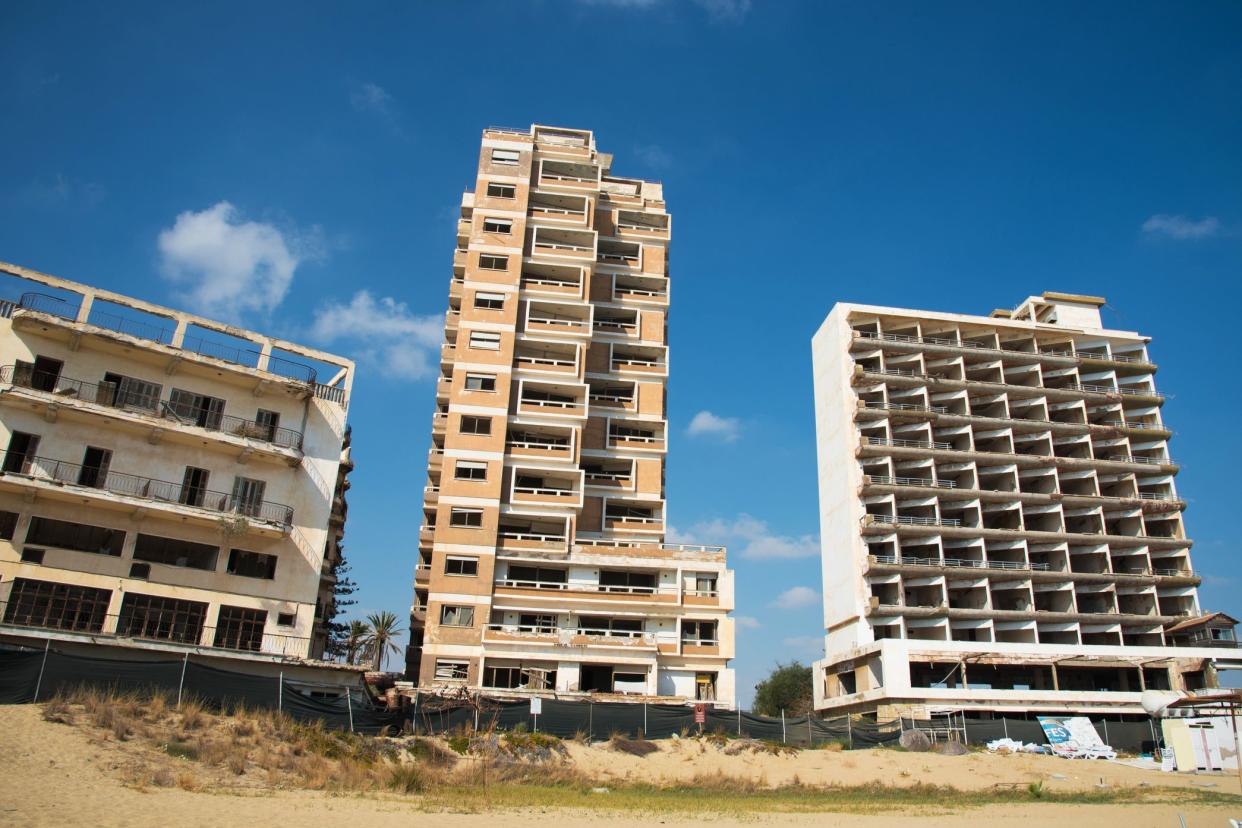
Varosha Beach Resort
Cyprus
A ghost town born from a conflict that divides Cyprus to this day, Varosha was the thriving heart of a resort city of nearly 40,000. But residents and visitors fled in July 1974, when Turkish forces invaded the island. They seized control of Varosha and blocked it off, barring all non-military personnel. Today, the resort remains a closed-off ghost town, and Cyprus remains partitioned by a United Nations buffer zone that separates Turkish control in the north and Greek control in the south — though the Turkish Cypriot government plans to continue work toward reopening the town after the pandemic is over and has opened access to the beach — but only to Turkish and Northern Cypress citizens.
Related: 22 Weird, Abandoned Places Across America
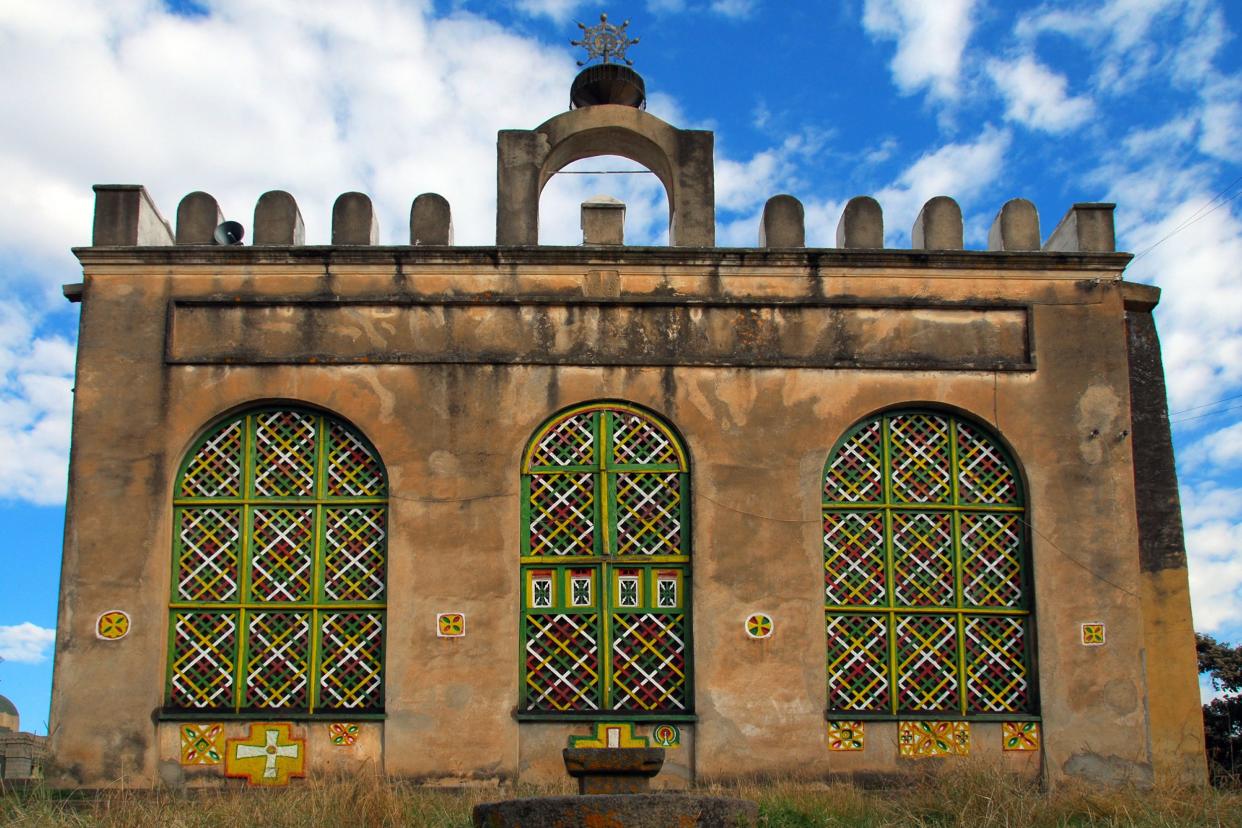
Church of St. Mary of Zion
Ethiopia
This humble Orthodox Christian church in northern Ethiopia's sacred city of Aksum is guarded by monks who are not allowed to step outside the church gate — or allow anyone to enter — as long as they live. What lies within, at least supposedly, is the stuff of an Indiana Jones movie: the Ark of the Covenant. (There are skeptics.) The monks rarely speak to visitors, and reveal only a replica of the Ark for a sunrise procession each month.
Related: 22 Bucket List Experiences for Adrenaline Junkies
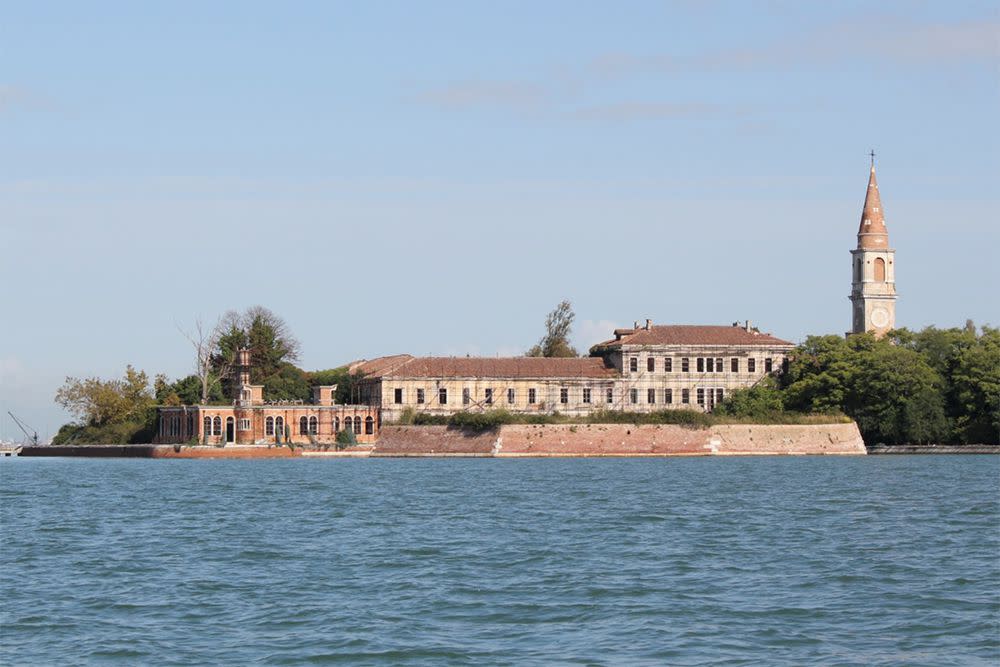
Poveglia
Italy
Around the turn of the 18th century, this tiny island in the Venetian lagoon served a simple purpose: It was a place for plague victims to come to die. Later, Napoleon used the island to store weapons, and in the 1920s, a mental hospital opened its doors for about 40 years. Local lore has it that one of the doctors butchered patients mercilessly before dying in a fall from the hospital's bell tower. While a destination with such a gruesome history might appeal to some, the island and its ruins remain closed to visitors.
Related: The 25 Most Terrifying Places in America
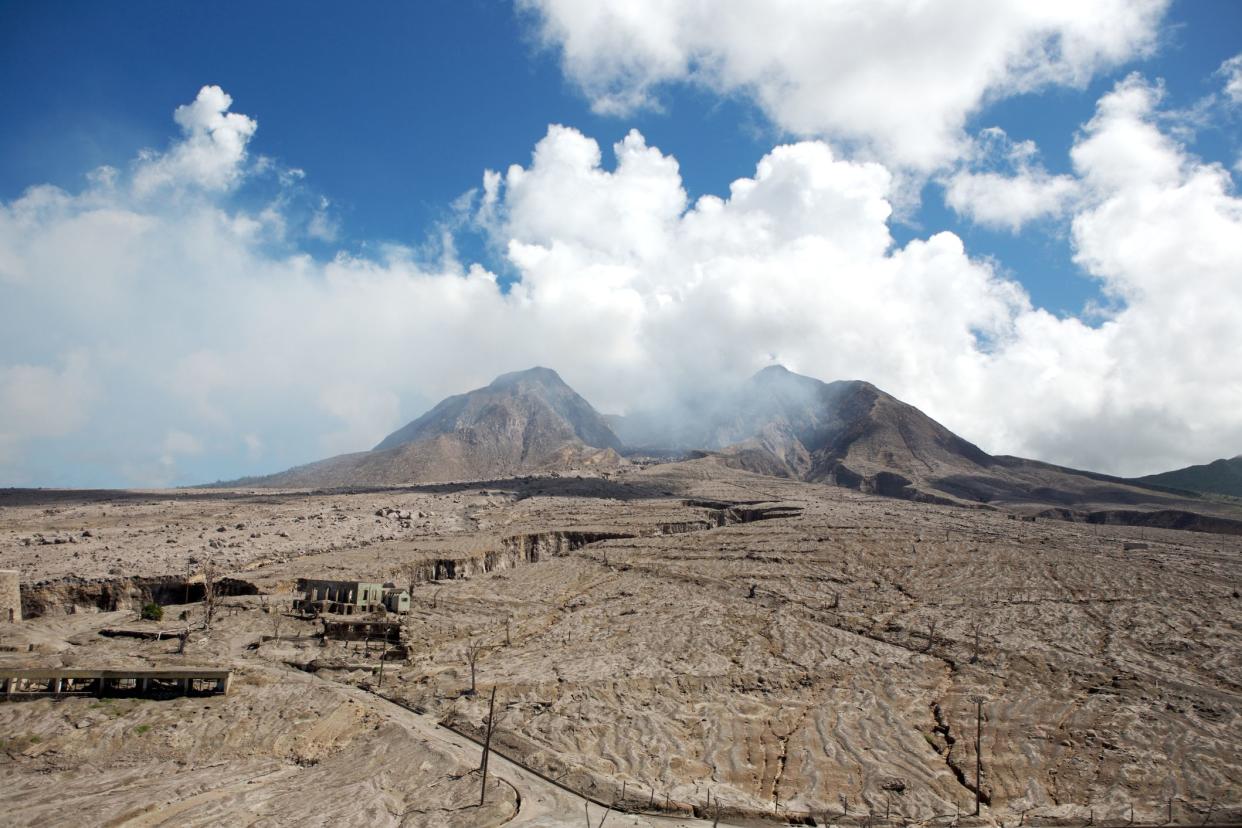
Soufriere Hills Exclusion Zone
Montserrat
One side of Montserrat, a Caribbean island in the West Indies, is lush and green. The other side? Well, it's brown and gray, covered in a thick layer of mud and ash thanks to the Soufriere Hills volcano. Eruptions began in 1995 and eventually destroyed the capital city of Plymouth. Residents fled, and officials were forced to declare the island's south side uninhabitable and off-limits to anyone without special permission.
Related: The Biggest Volcanic Eruptions in Human History
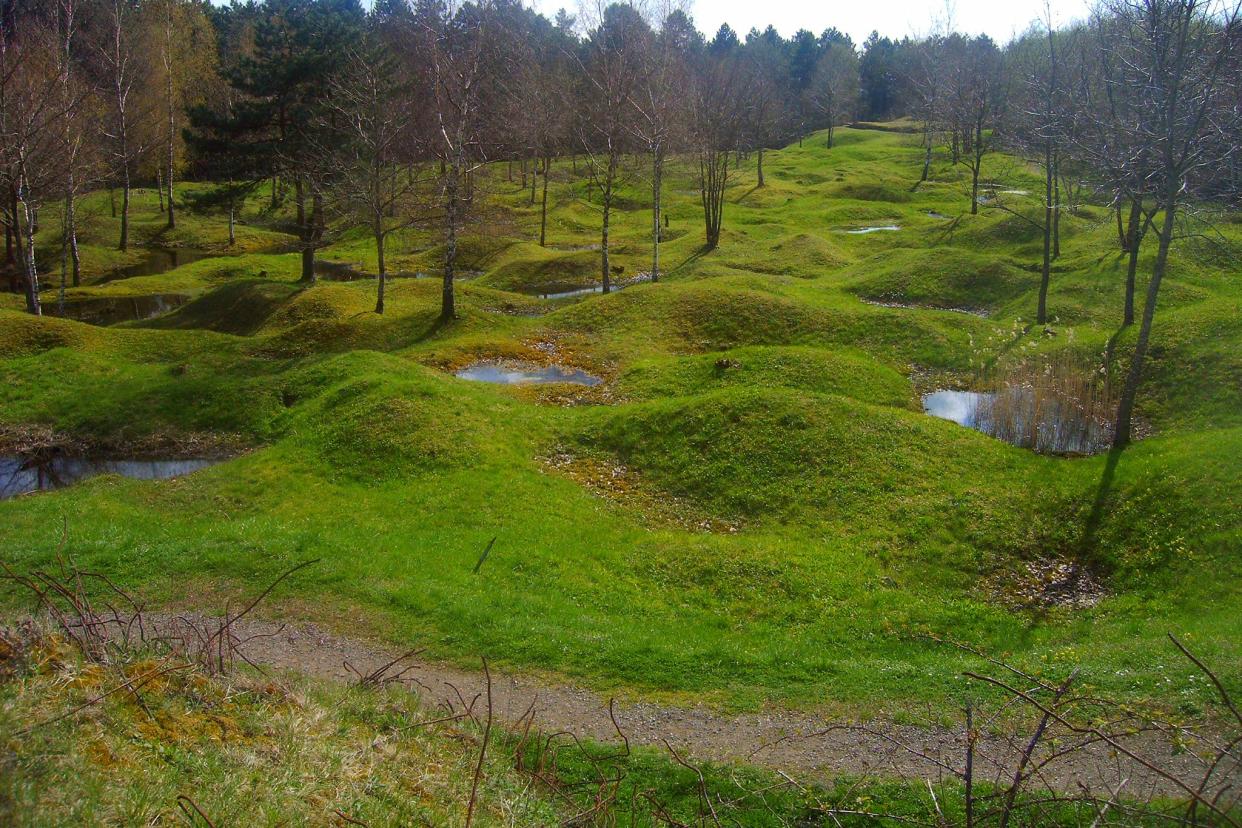
Zone Rouge
France
Zone Rouge — that's "red zone" for those of us who flunked high-school French — covers 42,000 acres in northeastern France. It's been left untouched since World War I, when the area saw extremely heavy fighting that left shells and munitions littering the countryside. The French government decided it would be too difficult to rid the area of explosives, instead moving residents out and closing the area to any further activities.
Related: 22 Weird, Abandoned Places Across America

Ilha de Queimada Grande
Brazil
Brazil's Ilha de Queimada Grande is the stuff of horror movies. About 90 miles off the coast of densely populated Sao Paulo, "Snake Island" is home to as many as 4,000 deadly golden lancehead vipers. The snakes' venom can kill a person in under an hour by causing kidney failure and brain hemorrhaging, among other frightening conditions. Needless to say, the government has made the island off-limits to most visitors, and even scientists have to come with a doctor.
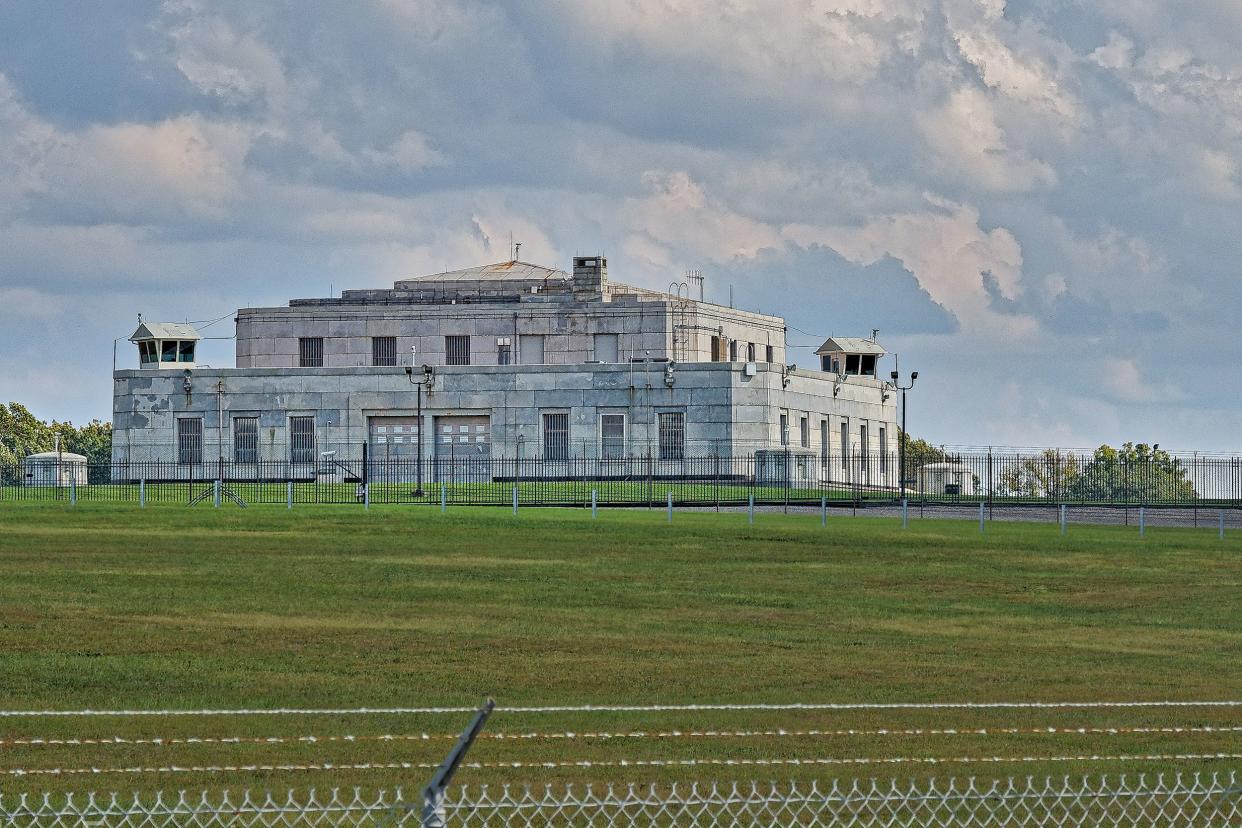
Fort Knox
Kentucky
There's a reason "Fort Knox" has worked its way into the lexicon as shorthand for any super-secure place. This depository for precious metal bullion houses about half of the U.S. Treasury's stored gold — that's 5,000 tons of glimmering gold bars — and is protected by a specially selected squad of U.S. Mint Police. Fort Knox even housed the Declaration of Independence, Constitution, and Bill of Rights during World War II, and no single person knows all the procedures it takes to open the vault.
Related: The Biggest U.S. Military Site in Every State
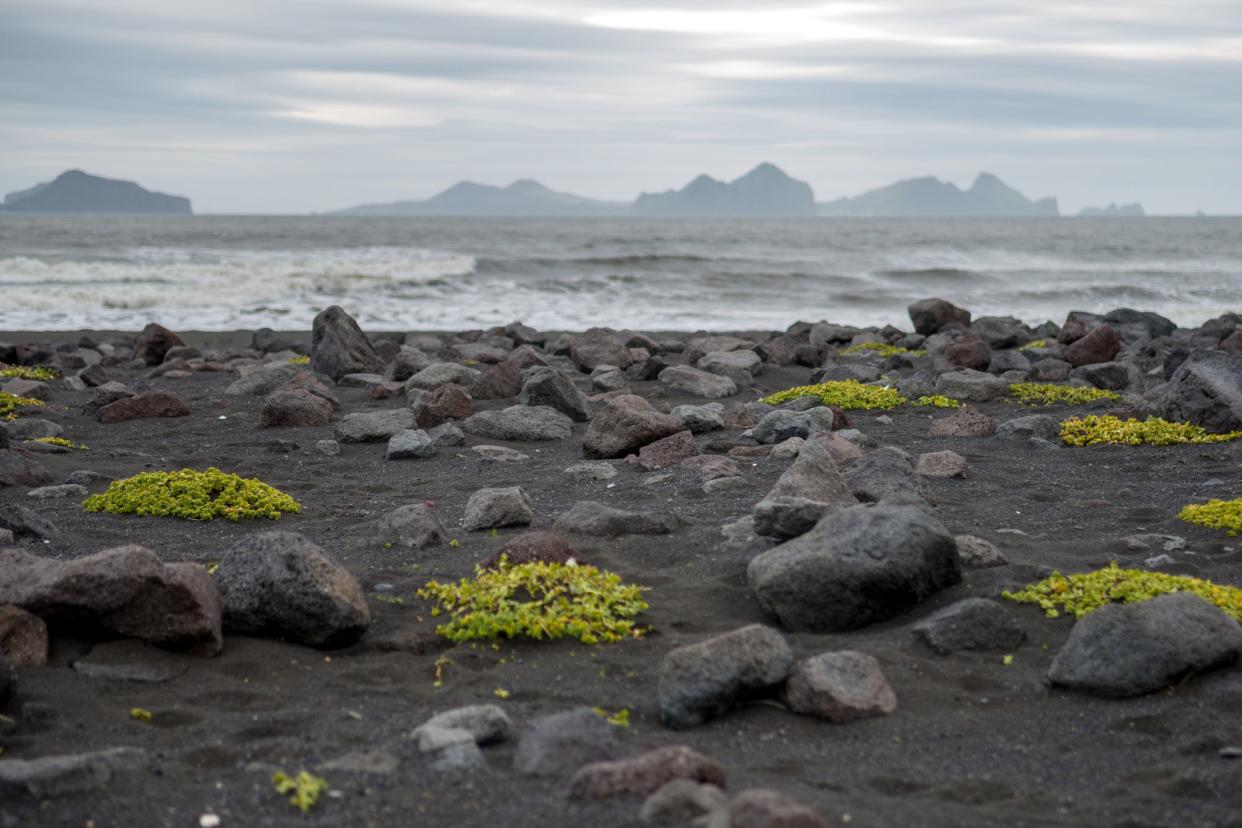
Surtsey Island
Iceland
This volcanic island off Iceland's southern coast is definitely a newbie by geological standards, having erupted out of the ocean in the mid-1960s. The windswept, isolated speck has remained almost entirely free of human interference as scientists study how plant and animal life takes hold on newly created land. Because of that, tourists won't be getting a glimpse of this virgin landscape anytime soon.
Related: Here's How to Visit Iceland Without Spending a Fortune
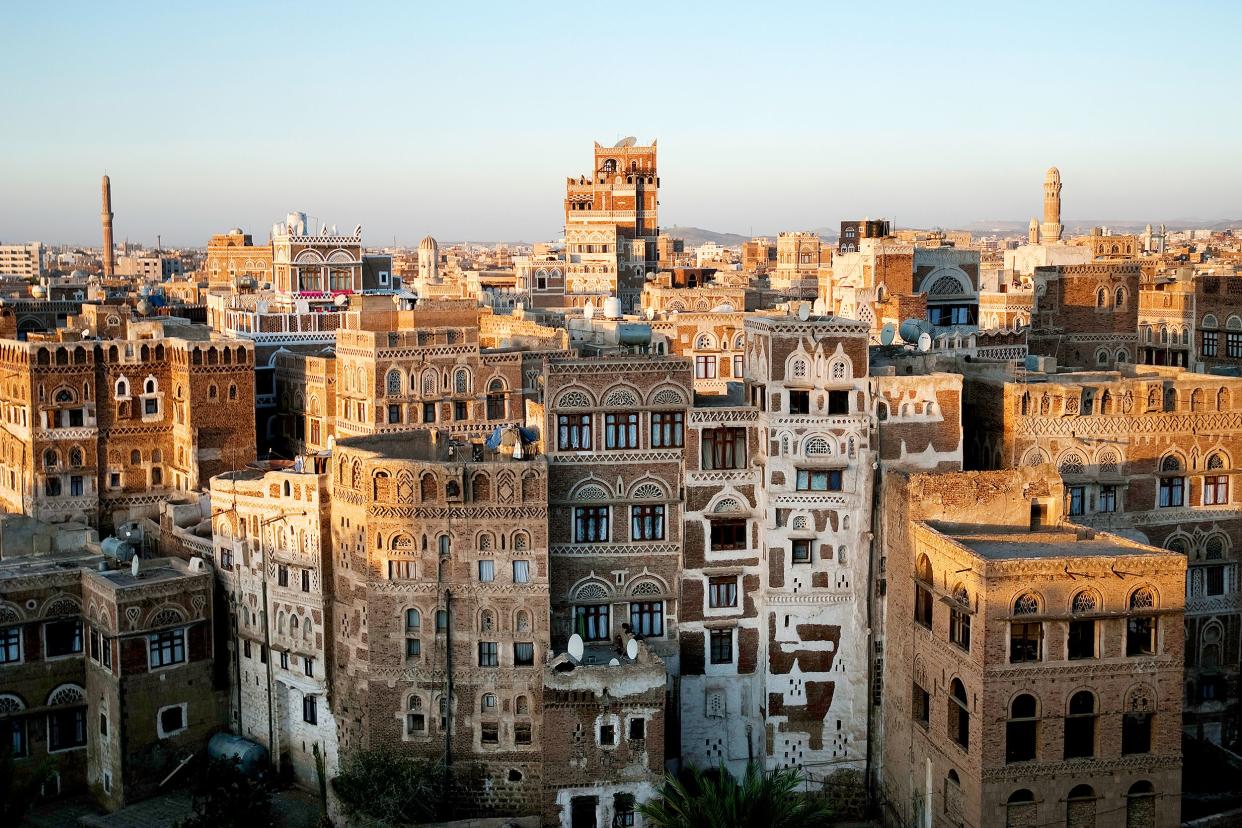
Old City of Sana'a
Yemen
The Old City of Sana'a, inhabited for more than 2,500 years, is a stunning example of early Islamic architecture. Ancient tower houses, public baths, mosque turrets are all the more scenic because of their setting in a high mountain valley. Although visits aren't restricted by the Yemeni government, the city remains firmly out of reach for most tourists because of persistent terrorist attacks, civil unrest, disease, and famine. The U.S. Embassy in Sana'a suspended operations in 2015, and the State Department warns against all travel in Yemen.
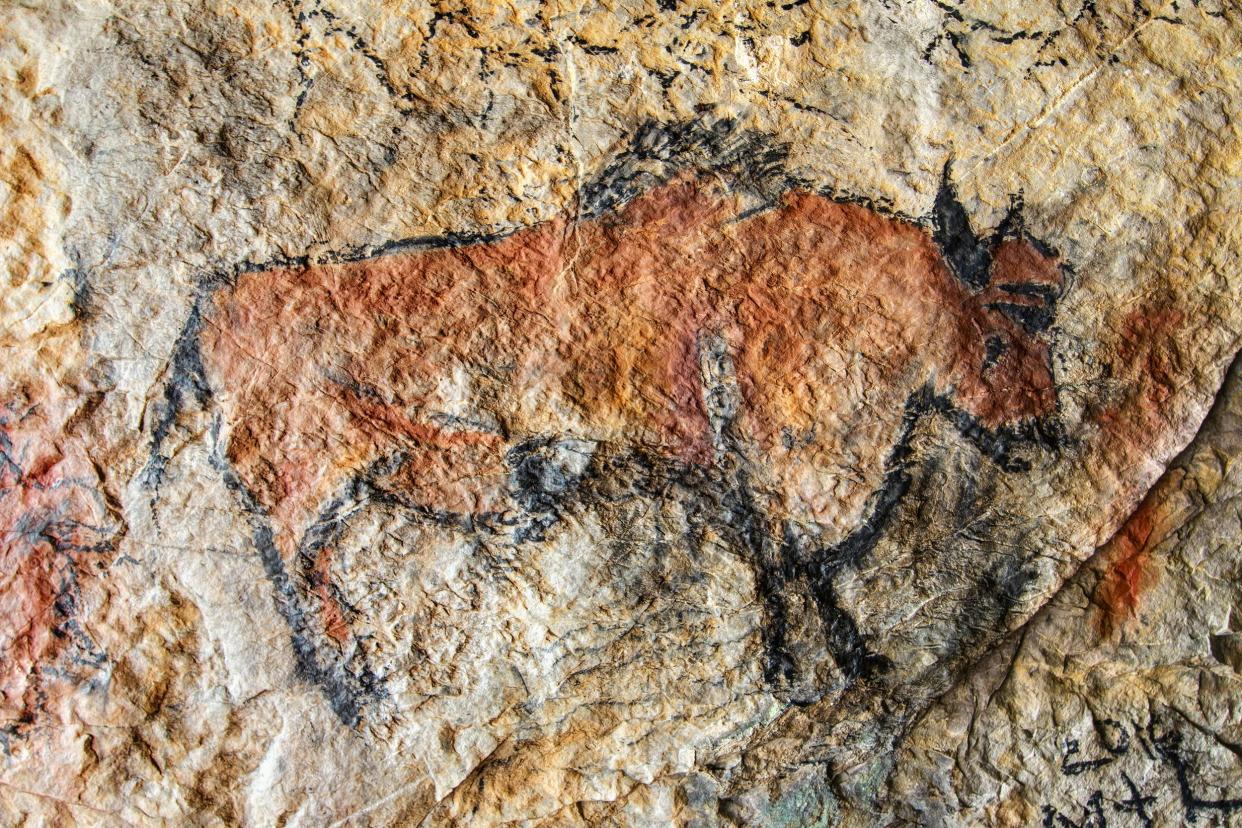
Lascaux Cave
France
Discovered by teens in 1940, Lascaux Cave contains stunning examples of prehistoric paintings and engravings made some 20,000 years ago. After World War II, tourists flooded the cave, but access was cut off in the '60s because experts were afraid the artwork was starting to deteriorate. All hope is not lost for would-be visitors, though, as the French government has spent $64 million on a replica cave, with the paintings painstakingly copied over three years.
Related: Unsolved Mysteries of Ancient Ruins Around the World

Area 51
Nevada
No list of fascinating but forbidden places would be complete without Area 51. For years, conspiracy theorists have insisted that the desert military installation has housed everything from captured aliens to a set for filming a phony moon landing. The truth may be less exotic, as the military acknowledged in a declassified report that it had been testing experimental aircraft at the site. Whatever is actually there, Area 51 remains very much in use, and very well guarded by cameras, motion sensors, and guards who are authorized to use deadly force.
Related: 30 Famous UFO Incidents Throughout History
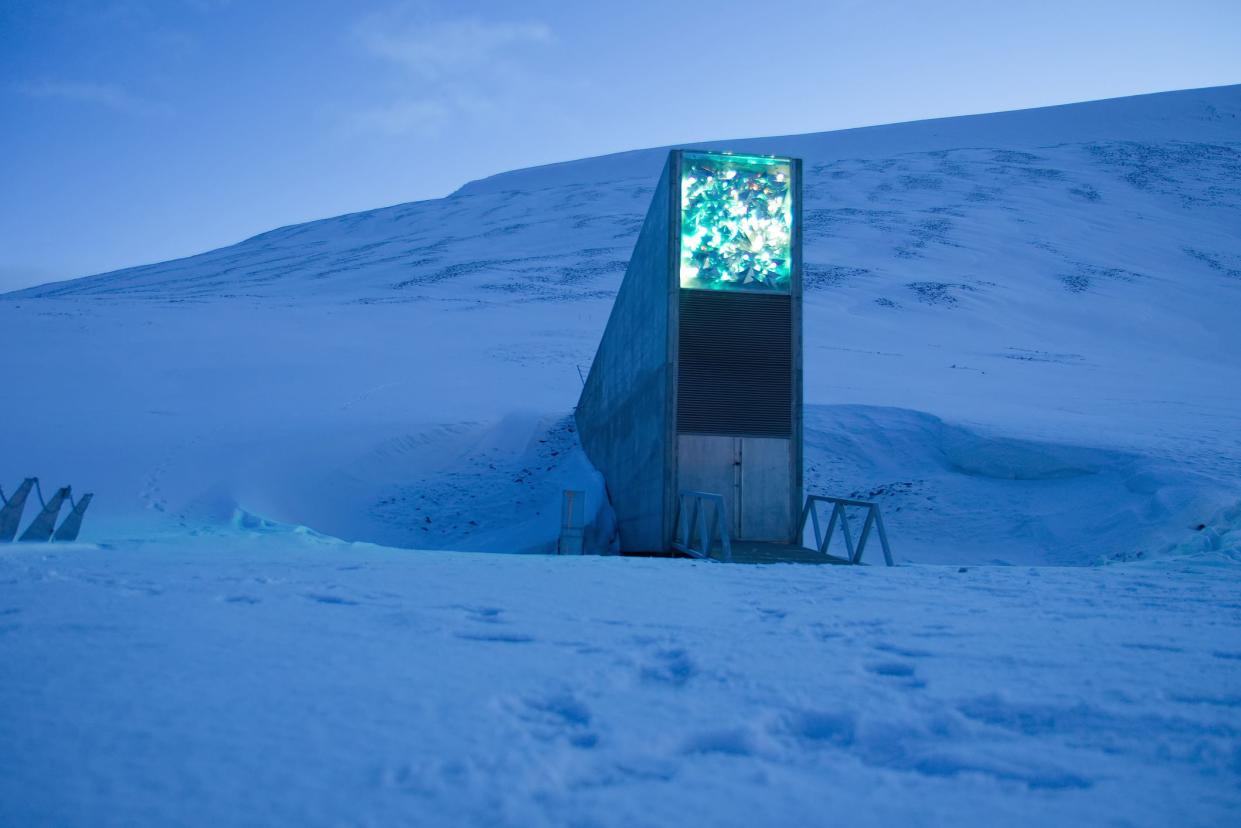
Svalbard Global Seed Vault
Norway
Locked away on the remote Norwegian archipelago of Svalbard is a hedge against doomsday scenarios as diverse as global warming or nuclear war. The Svalbard Global Seed Vault, housed in an abandoned Arctic mine, holds close to 900,000 seed samples from around the globe intended to help governments jumpstart crucial crops in case of catastrophe — though it is now at risk itself from the dangers wrought by climate change. Tourists can explore the exterior of the vault, they aren't allowed inside.
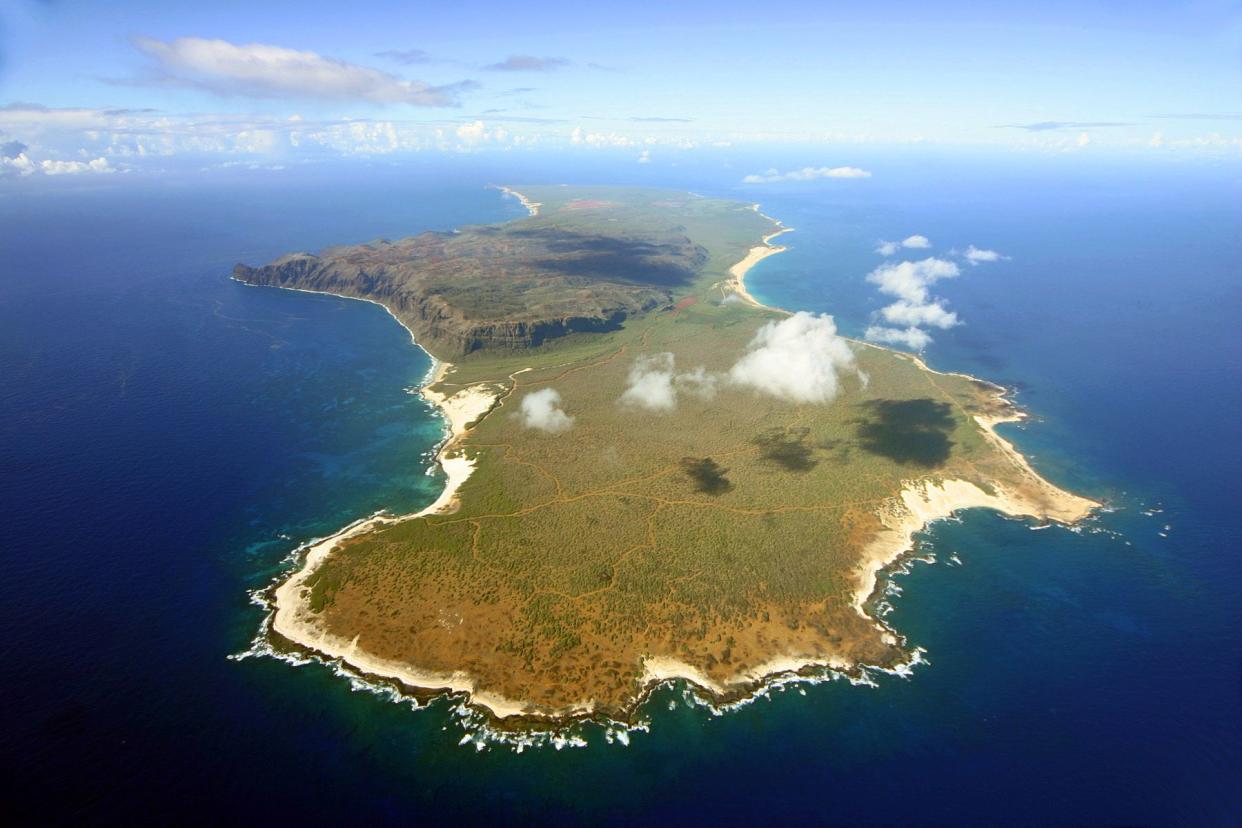
Niihau
Hawaii
It seems crazy that an entire island in the tourist mecca of Hawaii is off-limits to most visitors, but it's true. Niihau, Hawaii's seventh-largest and westernmost island, is known as "The Forbidden Island" not for any insidious reason, but because it's been in the hands of a single family since the 1860s. The owners allowed native Niihauans to stay but otherwise restricted access. Today, there is one small settlement with a single school, but no roads, cars, or internet access.
Related: The Best of Hawaii on a Budget
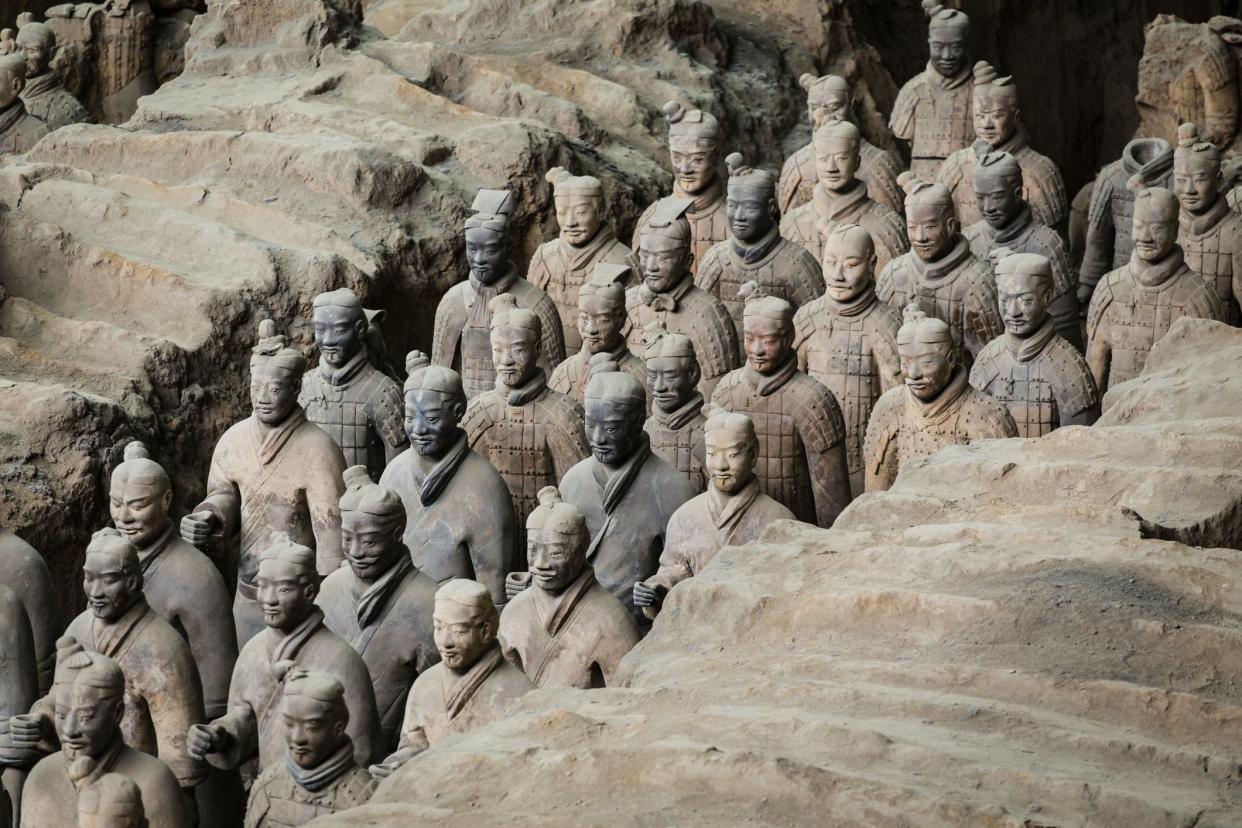
Tomb of Qin Shi Huang
China
Efforts to build the tomb of Qin Shi Huang, the first emperor of China, spanned nearly four decades and required hundreds of thousands of workers. The result was indeed elaborate, and experts say there are numerous rare treasures, Chinese rivers simulated using mercury, and even traps rigged to fire arrows at anyone who approaches. Archaeologists have dug up a massive army of terracotta warriors at the site, but for reasons of safety and logistics, the tomb itself remains sealed to experts and visitors.

New York Stock Exchange
New York
The trading floor at the New York Stock Exchange may be a little calmer than pop culture has led us to believe, but good luck confirming that. Although the NYSE offered public tours for decades after its opening in 1939, they were halted in the wake of the Sept. 11 attacks. While you can snap a photo outside the grand Wall Street façade, you're no longer welcome to catch a glimpse of the action inside unless you've been specially invited.
Related: The 10 Biggest Investment Scammers of All Time
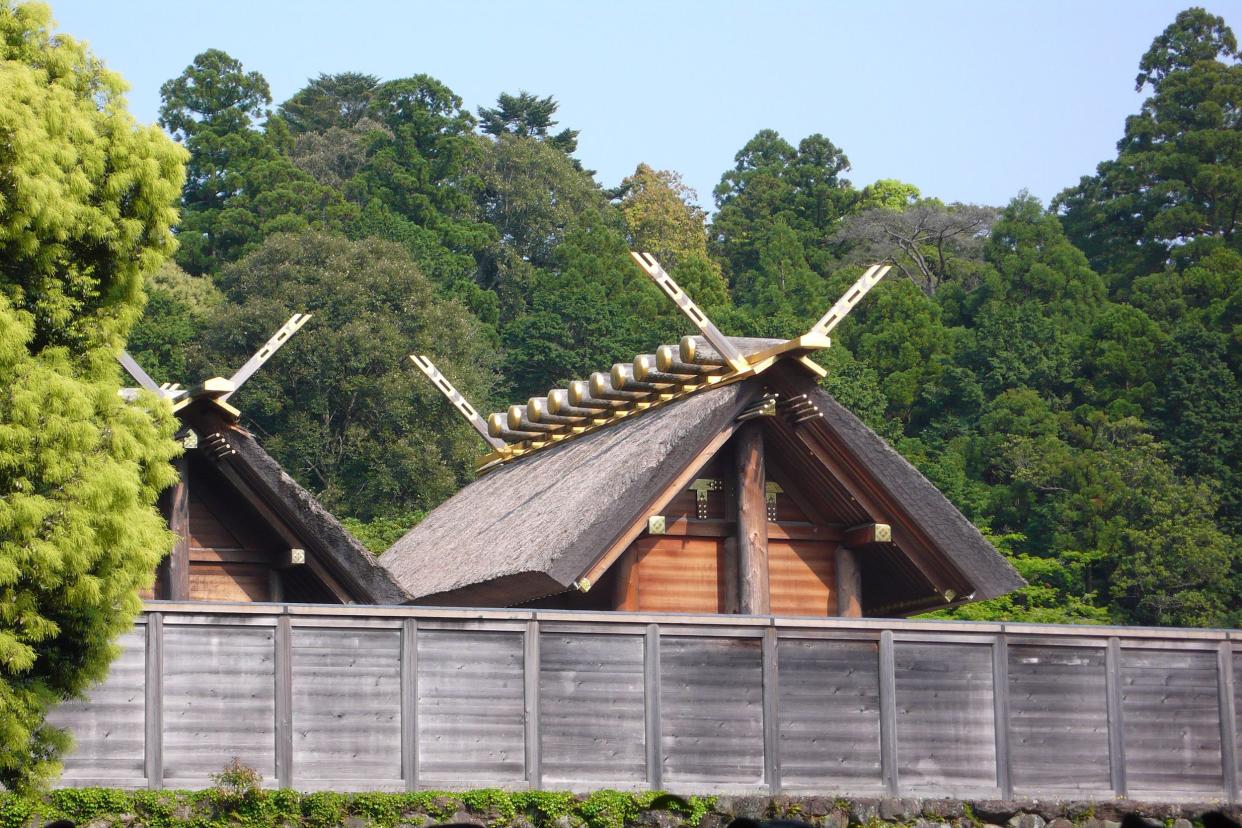
Ise Grand Shrine
Japan
Rebuilt every 20 years in accordance with Shinto tradition, one of the religion's most sacred spots is actually two shrines (one outer, one inner). But while the outer shrine is accessible to tourists and draw visitors from around the world, the inner shrine is strictly off-limits — unless you happen to be a senior Shinto priest or a member of the Japanese imperial family. You're even prohibited from looking at it, as the view is blocked by a curtain.
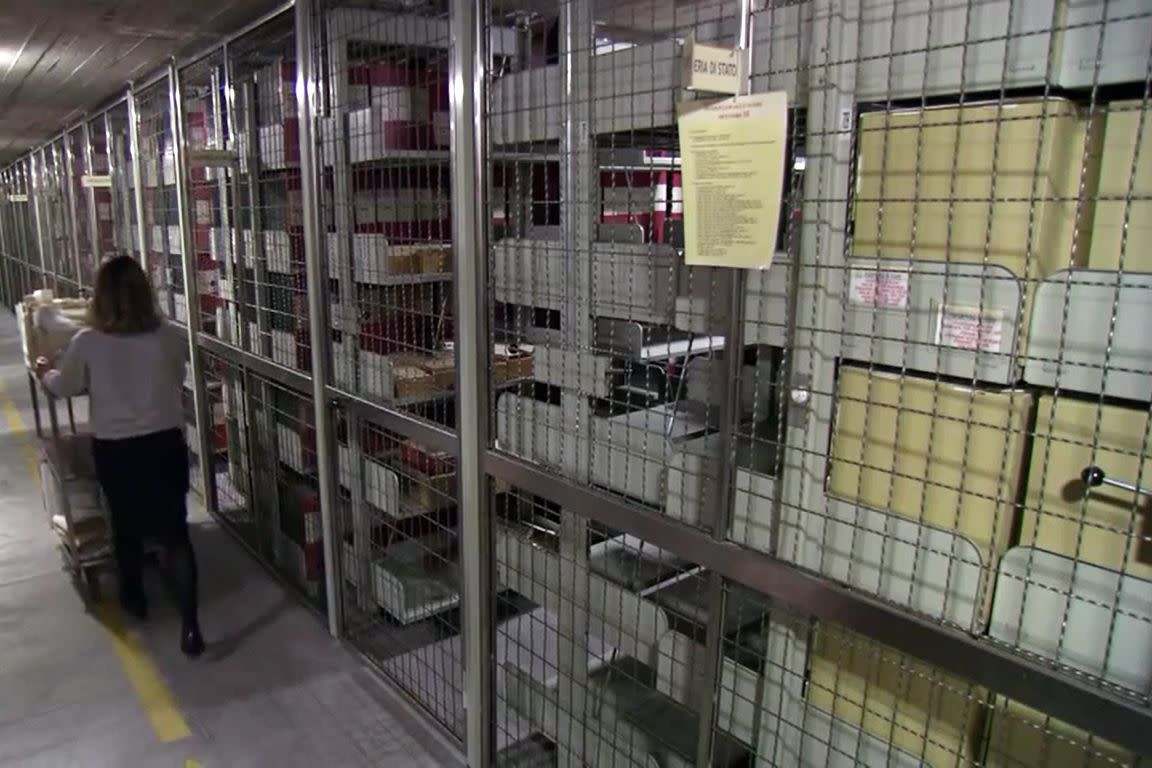
Vatican Secret Archives
Italy
Highlights such as the Sistine Chapel and Raphael Rooms make the Vatican Museums one of the most popular sights in all of Rome. One fascinating thing that isn't on the tour: the Vatican Secret Archives. Housing a staggering 12 centuries' worth of documents, the fortress-like archives include 53 miles of shelving and a fireproof bunker, and have inspired plenty of conspiracy theories about what's inside. Only scholars who have undergone extensive vetting are ultimately granted access — but a digitization project is underway for some of the material, and other documents are being made public as needed, such as to examine the church's actions during the Holocaust.
Related: 20 Free and Cheap Things to Do in Rome

More From Cheapism
Like Cheapism's content? Be sure to follow us.